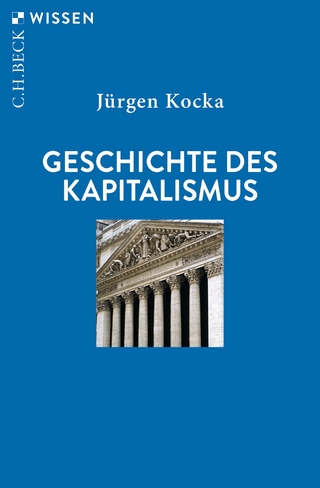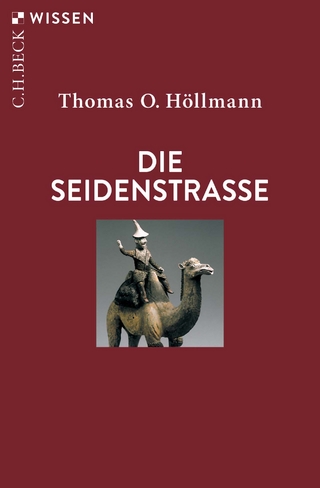
Gandhi and Adivasis
Tribal Movements in Eastern India (1914-1948)
Seiten
2022
Routledge (Verlag)
978-1-032-30615-5 (ISBN)
Routledge (Verlag)
978-1-032-30615-5 (ISBN)
This work focusses on the first three Adivasi movements in Eastern India during Gandhi’s lifetime and the current movements against forceful displacement by POSCO, Vedanta and others, in order to comprehend his ideological impact on Adivasi movements of today.
Please note: T&F does not sell print edition in South Asia.
Adivasi movements played a very important, if not determining, role in the India’s freedom struggle. Gandhi’s idea of mass mobilization couldn’t have been successful without the active participation of all sections of the Indian society. Adivasi movements were swelled by Gandhian ideology only during the Non-Cooperation movement. Though Gandhi’s interest in the tribal problems crystallized at a later stage of his life, his influence on tribal movements was revealing. His association with Thakkar Bapa and Verrier Elwin also enriched his knowledge about tribal state of affairs. Adivasis started looking at Gandhi as saviour or a saint, who could deliver them justice and peace. But, Gandhi always supported Adivasi movements in order to give a mass character to his movements. There were some particular demands of the Adivasis that were not supported by Gandhi. Their armed struggle was also against his non-violent principles. During the latter half of the twentieth century, movements like Tana Bhagat and Hari Baba were purely influenced by the Gandhian ideology, but failed to achieve their goals. Later on, the Jharkhand movement adopted the character of a non-violent struggle; here also the fruits disappeared. The present work focuses on the first three movements of the Chota Nagpur Plateau of eastern India during Gandhi’s lifetime and the current movements against forceful displacement by POSCO, Vedanta and others, in order to comprehend his ideological impact on Adivasi movements of today. The book has critically analysed and evaluated Gandhi’s impact on the Adivasi situation in colonial and post-colonial India.
Please note: Taylor & Francis does not sell or distribute print edition in India, Pakistan, Nepal, Bhutan, Bangladesh and Sri Lanka.
Please note: T&F does not sell print edition in South Asia.
Adivasi movements played a very important, if not determining, role in the India’s freedom struggle. Gandhi’s idea of mass mobilization couldn’t have been successful without the active participation of all sections of the Indian society. Adivasi movements were swelled by Gandhian ideology only during the Non-Cooperation movement. Though Gandhi’s interest in the tribal problems crystallized at a later stage of his life, his influence on tribal movements was revealing. His association with Thakkar Bapa and Verrier Elwin also enriched his knowledge about tribal state of affairs. Adivasis started looking at Gandhi as saviour or a saint, who could deliver them justice and peace. But, Gandhi always supported Adivasi movements in order to give a mass character to his movements. There were some particular demands of the Adivasis that were not supported by Gandhi. Their armed struggle was also against his non-violent principles. During the latter half of the twentieth century, movements like Tana Bhagat and Hari Baba were purely influenced by the Gandhian ideology, but failed to achieve their goals. Later on, the Jharkhand movement adopted the character of a non-violent struggle; here also the fruits disappeared. The present work focuses on the first three movements of the Chota Nagpur Plateau of eastern India during Gandhi’s lifetime and the current movements against forceful displacement by POSCO, Vedanta and others, in order to comprehend his ideological impact on Adivasi movements of today. The book has critically analysed and evaluated Gandhi’s impact on the Adivasi situation in colonial and post-colonial India.
Please note: Taylor & Francis does not sell or distribute print edition in India, Pakistan, Nepal, Bhutan, Bangladesh and Sri Lanka.
Debasree De is an Assistant Professor, Department of History, Maharaja Srischandra College, Kolkata, West Bengal.
1. Changing Perspectives on Adivasi Predicaments: Gandhi, Verrier Elwin and Amritlal Thakkar 2. Impact of Gandhian Ideology on the Tribal Movements of Chota Nagpur in Twentieth Century 3. Conflicting Forces behind the Jharkhand Movement: Gandhi and Jaipal Singh 4. Disillusionment and Disappointment: Evaluation of the Role of Gandhi in Consolidating Adivasi Movements in Chota Nagpur Region 5. Adivasi Movements after Gandhi: The Relevance of Gandhism in Twenty-first-Century Adivasi Movement—The Ideological Shifts 6. A Postscript: Gandhi in Adivasi Folk Traditions
| Erscheinungsdatum | 24.06.2022 |
|---|---|
| Zusatzinfo | 1 Tables, black and white |
| Verlagsort | London |
| Sprache | englisch |
| Maße | 138 x 216 mm |
| Gewicht | 408 g |
| Themenwelt | Geschichte ► Teilgebiete der Geschichte ► Wirtschaftsgeschichte |
| Naturwissenschaften ► Geowissenschaften ► Geografie / Kartografie | |
| Sozialwissenschaften ► Politik / Verwaltung | |
| Sozialwissenschaften ► Soziologie ► Spezielle Soziologien | |
| ISBN-10 | 1-032-30615-7 / 1032306157 |
| ISBN-13 | 978-1-032-30615-5 / 9781032306155 |
| Zustand | Neuware |
| Haben Sie eine Frage zum Produkt? |
Mehr entdecken
aus dem Bereich
aus dem Bereich
eine Globalgeschichte des Kapitalismus
Buch | Hardcover (2023)
C.H.Beck (Verlag)
38,00 €


